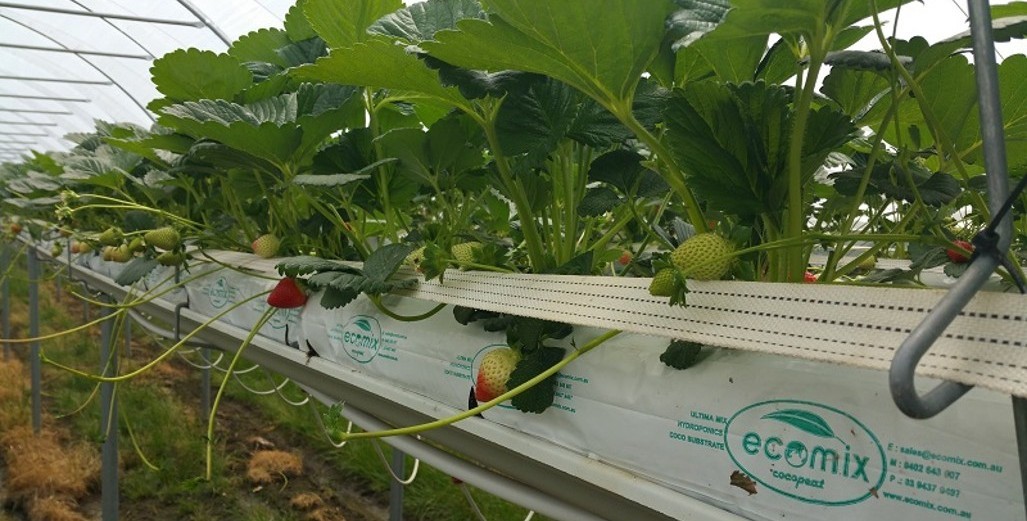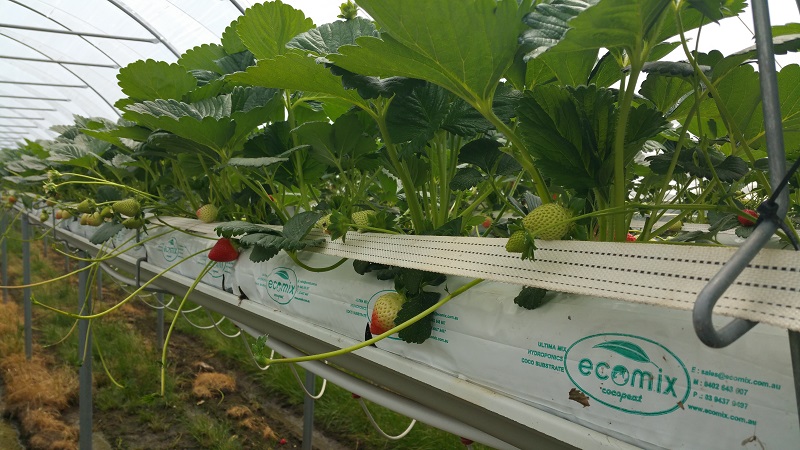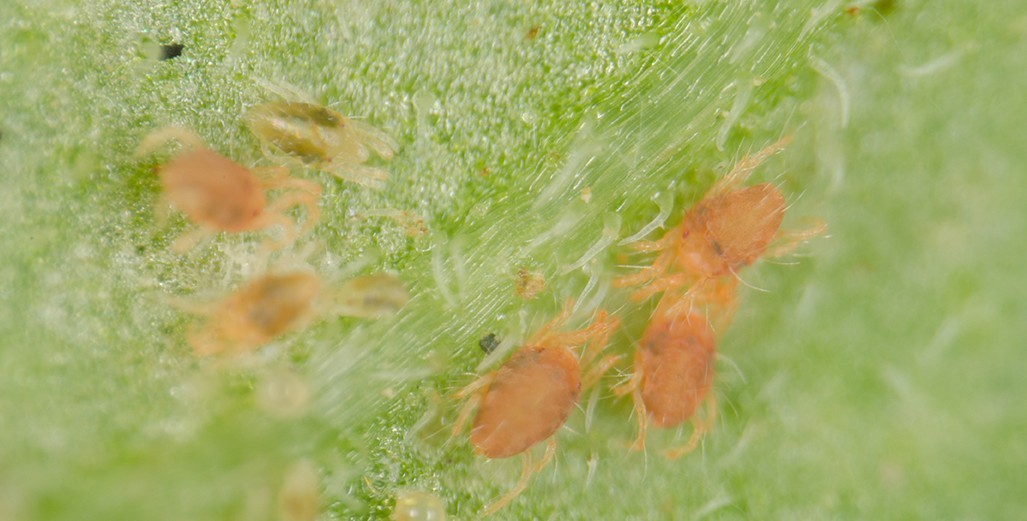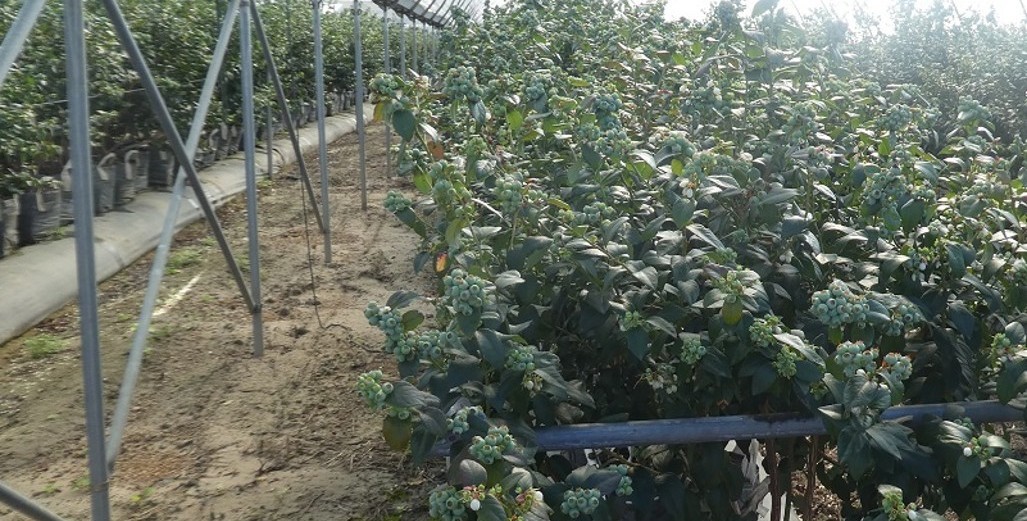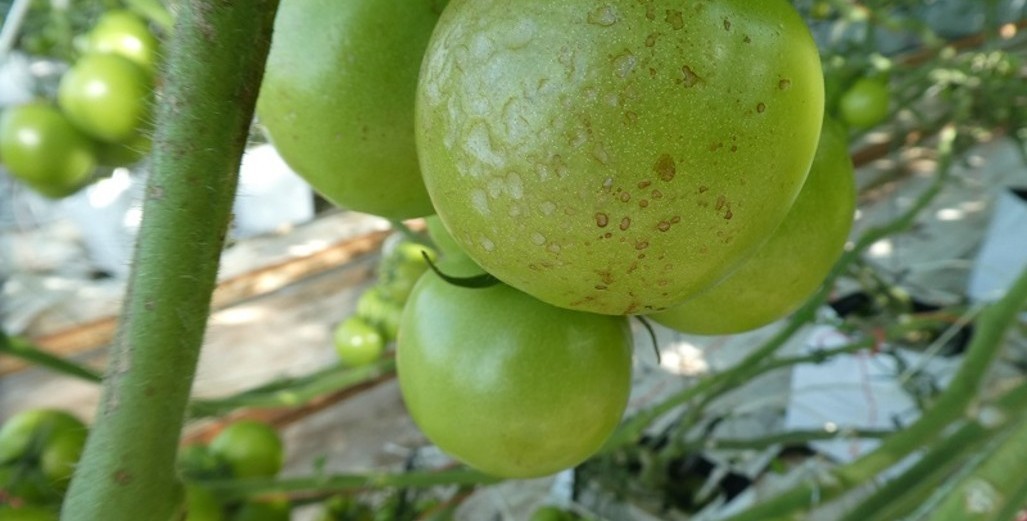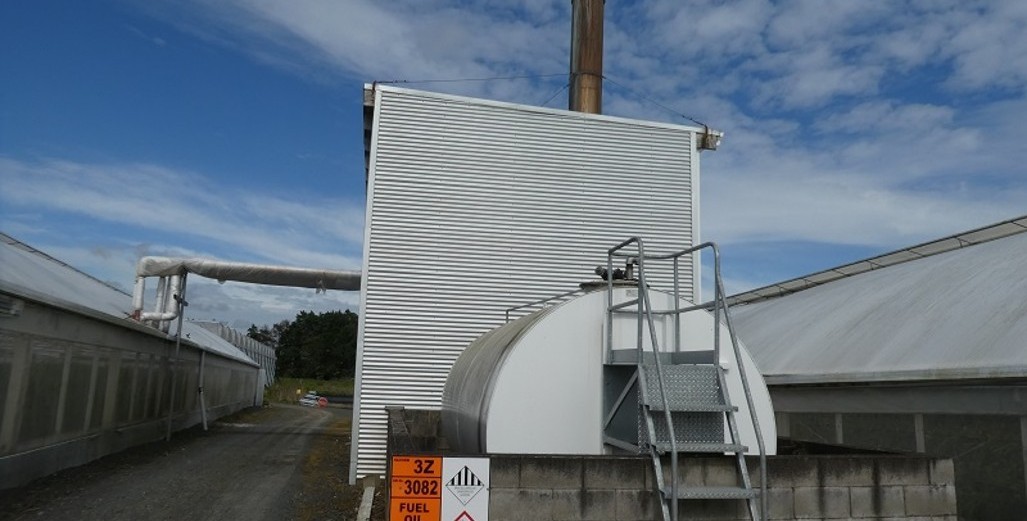Is it possible? Is it viable?
Is it possible: answer an emphatic YES, is it viable, that is the sixty-four-thousand-dollar question?
On the 23rd of June I read a NZ Herald article regarding the purchasing of groceries from online shopping between June 15-22. The results from two supermarket showed that bananas were number 2 in the ‘top purchases. In May of this year a Country Calendar episode showed a Northland family growing bananas commercially ‘albeit on a small scale’. Last week, on my LinkedIn page, up popped a photo of bananas growing in a greenhouse in Turkey. All of this and the fact my boys are right into the animated cartoon series’ Bananas in Pyjamas’ at the moment, was too much of a coincidence for me to ignore.
So why is it that New Zealand import so many bananas and do not grow them here in controlled environments that provide optimum growing conditions? Is it because they are in general not expensive, therefore not profitable to grow here? Bananas, picked green travel long distances by sea freight. The input costs to grow and export bananas to New Zealand must be extremely low. However, even if the input and labour is minimal for the growing and harvesting stage, there is still a shipping cost to import the product into NZ.
I have spent time, over the past week, looking into different websites, here and abroad, to ascertain a basic understanding of production, production costs and the different systems used to grow bananas in controlled or greenhouse conditions. A recent article, in international Fresh Plaza, indicates Turkey will possibly be able to stop banana imports by 2023 because of local production as the amount growing in Turkey continues to increase. https://www.freshplaza.com/article/9229385/turkish-banana-producers-aim-to-stop-banana-imports-by-2023/.
Turkey currently grows 80% of its local demand, and may even be in a position to export bananas in the future! Using google and reviewing the climate in Antalya, Turkey, I compared it with Kaitaia. Antalya is a bit warmer on average than Kaitaia, but not exceedingly different. Bananas require humid conditions, with good moisture levels, for growing, which if you take a look at Kaitaia’s average rainfall, and if rain was stored from a greenhouse, I see this as an ample source to grow the produce.
Bananas will grow optimally in warmer temperatures, from the mid to high 20’s, and will have reduced growth under 14 degrees, they do not like frosts, this will severely restrict growth, and they like to be protected from harsh sunlight in the height of the summer. A greenhouse will provide an environment that will be naturally warmer and have the ability to increase humidity and be shaded if required. A crop, like bananas, could be heated but for the purpose of this initial article I will presume heating a greenhouse banana crop in NZ is not viable.
As bananas are not growing in commercial greenhouses, in NZ, I have viewed many websites and been able to acquire some reputable data from a trusted source. If the numbers are within the ball park then it is not too difficult to present some initial numbers (below are figures from greenhouse cultivation of bananas in South Africa which support my source information). A conservative production figure I will use is 80 tonne/per/ha. According to a recent Stuff article New Zealanders on average eat 18 kgs of bananas each per year!!! Wow. Now times 18 kg by 5 million and that equals 90 million kg’s or 90,000 tonnes. Divide 90,000 tonnes by the 80/tonne/ha/ annual production average and all things being equal that would require 1125 ha of land to grow bananas in NZ to supply our domestic market. https://www.stuff.co.nz/life-style/homed/garden/108741119/how-to-grow-bananas
I then wanted to get a basic idea of the retail price of bananas in NZ, so I googled the following https://figure.nz/chart/WNZOpEoBKRyz4hBh-EBxjLEuL1K91eiwp .
I will use a figure of $2.85, as an average retail price for this article. What was really interesting was that the retail price of bananas is very firm in the summer months. Using the retail figure, I would hope to receive as a grower, somewhere in the ball park of $ 1.50 per kg (and if it was NZ produce it should get a much higher premium). This would equate to a gross turnover per ha, using my production figure, of $120 k per ha.
Excluding land, the cost to build a purpose-built greenhouse, for growing bananas, may cost in the region of $ 220 k to $ 300 k per ha. The annual labour units required is approximately one unit per ha. At first glance this is not attractive as the return on Investment (ROI) is possibly 7-8 years. There are ongoing running costs such irrigation and maintenance to consider.
I don’t see 1125 ha of greenhouse’s being built to cover the daily banana dietary requirements of New Zealanders next year. However, I think there is very good reasons why we should consider growing bananas in New Zealand, including the disease threat to plantations across the globe. There is a possibility to grow high valued, locally grown product that may (would) achieve a premium. There is a colossal advantage of knowing exactly what has been chemically applied to your produce and a rather large reduction in shipping (carbon footprint)
Banana Trade under Threat (world)
Banana is both the top fruit and a major food crop for millions of people. Two major diseases threaten production. The first is Fusarium wilt, which kills banana plants and infests soils for decades. The second, black Sigatoka, can only be controlled with massive fungicide inputs. These affect natural habitats and are an occupational health risk to workers on banana plantations. Black Sigatoka causes fruit to ripen too fast and becomes unfit for export. Airborne spores of Pseudocercospora fijiensis penetrate the plant through the leaves. The REMEDY: spraying 60 times per year on commercial plantations! Panama disease or Fusarium wilt or soil fungus Fursarium oxysporum f.sp. cubense penetrates the plant through the roots. The soil remains infested for up to 30 years. There is no remedy but to abandon the infested plantation and start elsewhere.
There is work going into breeding resistances (using GE) into banana plants and this may come in time, but it also demonstrates how growing in substrates (which has been successfully trialled) helps prevent large losses to a disease like Fusarium Wilt. I think that Black Sigatoka is not so easily controlled and will require breeding resistant cultivars to prevent chemical intervention in the future in countries effected.
Please don’t stop buying bananas, I won’t because there is no way our supermarkets would allow us to eat anything that was not safe. And I, like many, have a love for bananas. In fact, our household would be well over the average per person kg consumed per annum.
In conclusion, to answer the sixty-four-thousand-dollar question, is it viable – marginal. However, like many things a fully funded case study would be necessary and incredibly interesting. On a positive note, one case study I viewed from Turkey, ROI on greenhouse bananas is very appealing, but this is NZ and not Turkey, but encouraging enough for me to write this article.
One of the websites I came across was https://www.tropicalfruitgrowers.nz/. Some growers have already established small plantations of outdoor banana crops.
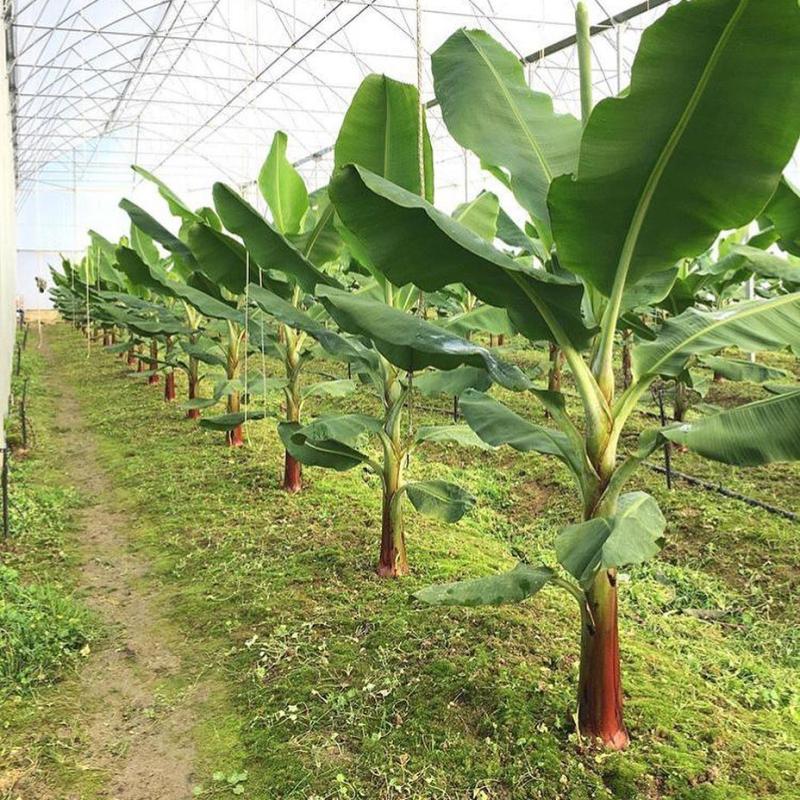
GREENHOUSE CULTIVATION OF BANANAS IN SOUTH AFRICA
Authors:
K. Eckstein, C. Fraser, W. Joubert
Keywords:
Density, spatial arrangement, yield, cultivars, photosynthesis, ventilation
DOI:
10.17660/ActaHortic.1998.490.12
Abstract:
Three banana cultivars, namely Williams, Chinese Cavendish and Grande Naine Israel, were planted in double rows inside a greenhouse and compared with open air conditions (control). The objective was to measure the potential of greenhouse banana production in an extreme subtropical environment (hot and dry summers, cold and dry winters and constant high winds).
Inside the greenhouse, plants were 34% taller and pseudostem circumference 4% greater at flowering, compared with plants grown outside. The latter produced 3–4 more leaves before flowering, which lengthened the planting to flowering interval by 2.8 months. At P crop flowering, plants of cv. Grande Naine Israel inside the greenhouse had a leaf area of 17.4 m2, compared with 11.7 m2 outside. At flowering, plants inside averaged 4.5 more functional leaves. Flower to harvest interval of plants in the greenhouse unexpectedly averaged 1.3 months longer than those outside. The extremely large leaf area at flowering, resulting in severe shading and temperature reductions under the leaf canopy, were responsible for the longer flower to harvest intervals. The total P cycle averaged 13.2 months inside and 14.6 months outside the greenhouse, while bunch mass averaged 35.3 kg and 30.7 kg respectively. Thus, plants inside the greenhouse showed 28% higher yield than plants outside the greenhouse (71 compared with 56 t/ha/year). Preliminary results of the R1 cycle showed average yields of 106 t/ha year inside the greenhouse. Cumulatively over two crop cycles (24 months), an average yield of 87 t/ha/year was achieved in the greenhouse. Higher yield potential in a greenhouse can be explained by a more favourable micro-climate (higher temperatures and higher humidity), resulting in an increased photosynthetic capacity and efficiency (larger leaf area and higher photosynthesis rate). In terms of cultivar performance, Grande Naine Israel and Williams performed slightly better than Chinese Cavendish.
Source https://www.actahort.org/books/490/490_12.htm
I appreciate your comments. Please feel free to comment on the grower2grower Facebook page:
Article Written and compiled by Stefan Vogrincic, Consultant, Grower2Grower
Article Edited by Marie Vogrincic, Editor, Grower2Grower



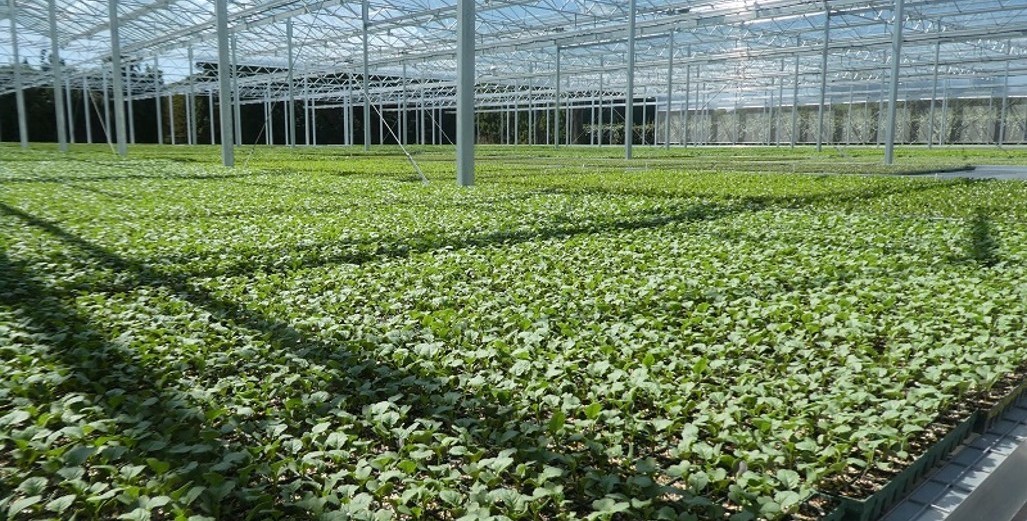
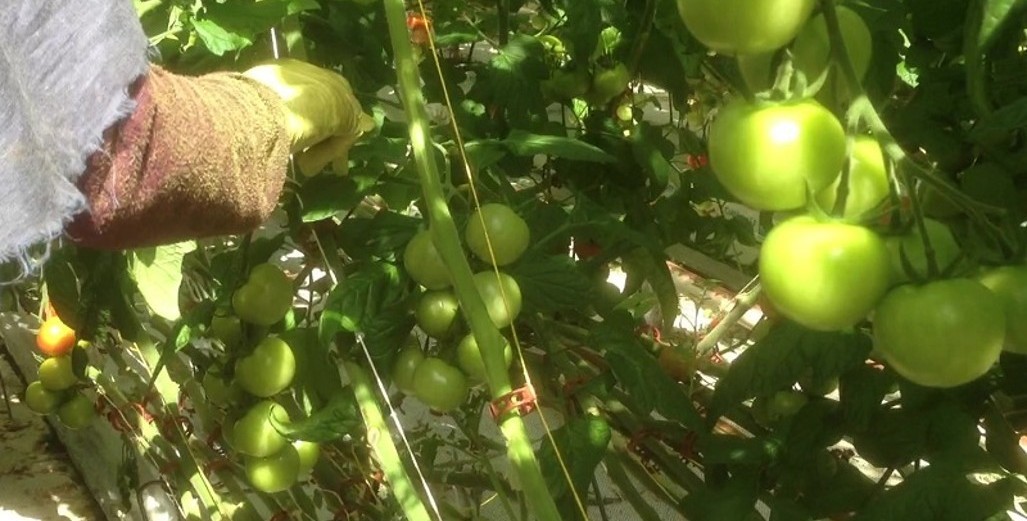



_-_Copy.png)
